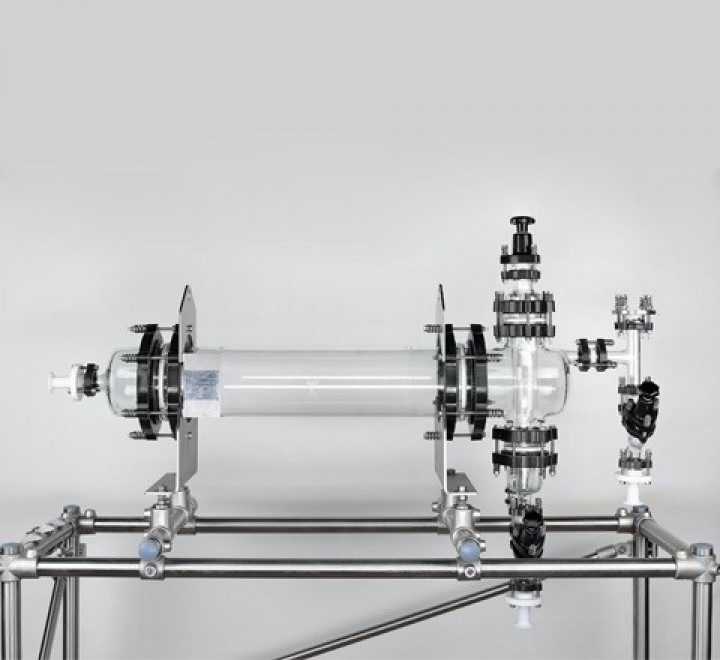Extraction
Normag - Lab & Process Glass
Technologies

Overview
Extraction is the name given to any separation process in which one or more components of a mixture of substances (consisting of solid, liquid, or gaseous individual substances), the extraction material, is dissolved out with the aid of an extraction agent (solid, liquid, or gaseous).
The extracted substance, even if it is still in the solution, is called an extract. If the extracted substance is not altered (e.g. only dissolved or adsorbed), the extraction is a physical process; if the substance undergoes a chemical reaction, it is a chemical process.
If a solvent is used as an extraction agent, the substances to be extracted dissolve better in the pure solvent than in the mixture of substances; the solvent draws the substance that is more soluble in it out of the mixture. Depending on the solubility of the substances, the inorganic solvents used are, for example, water and water vapor, acids, bases and liquefied carbon dioxide. The organic solvents include alcohols, terpenes, diethyl ethers, vegetable oils, chlorinated hydrocarbons, or n-hexane. Pressure and temperature usually increase the solubility of the substances considerably, which is why some extractions are carried out with a hot solvent and/or under pressure.
Depending on your application Pfaudler Normag Systems is happy to offer different types of extraction systems. Starting with standard separation funnels and ending up with a large extraction column with the height of more than 10 meters. Multiple staged mixer-settlers are also available in different sizes.
It is also important to emphasize, that not only liquid-liquid extraction system can be offered, but also a solid-liquid ones. In this case we are happy to offer different type of equipment as well starting from a small Soxhlet extractors for lab purposes ending up with a big filter-reactors with a volume of more than 100 liters.
Range of Products
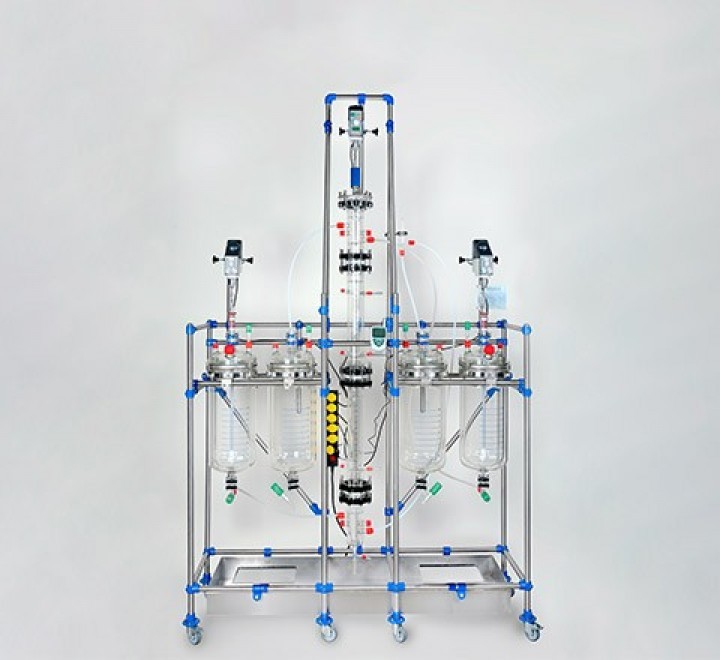
Extraction Column System Sieve Tray Pulsed DN30-50
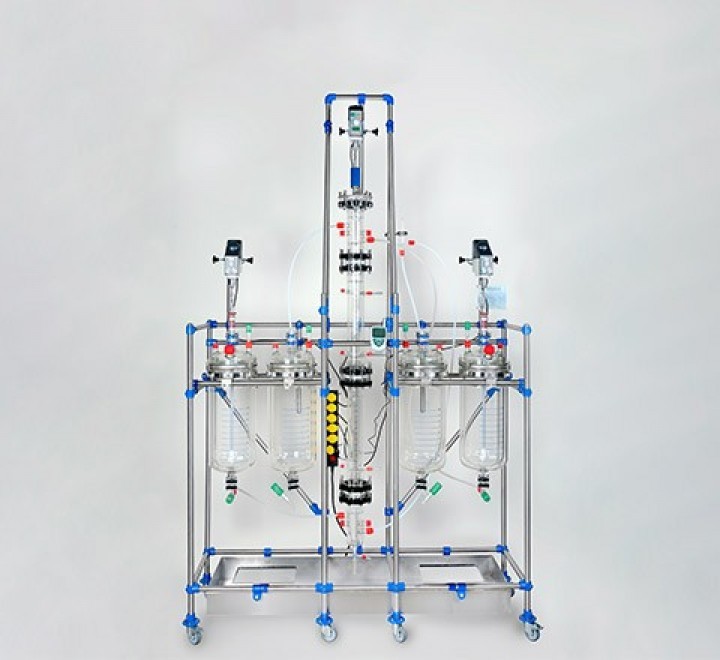
Extraction Column System Stirred Pulsed DN30-50
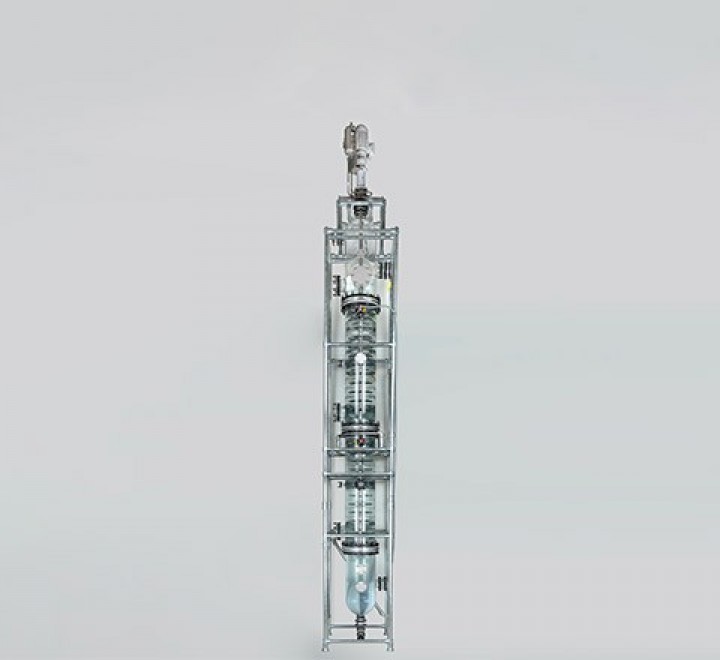
Extraction Columns DN80-DN600
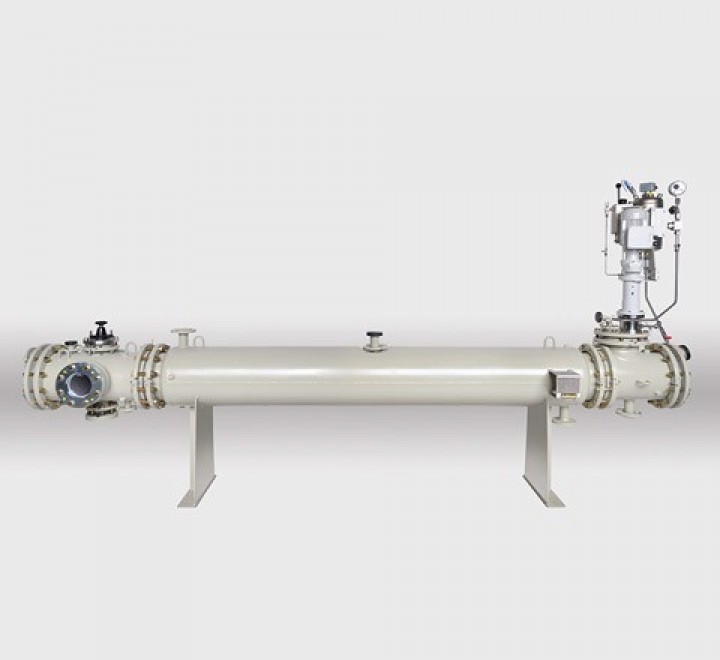
Mixer Settler DN150-600
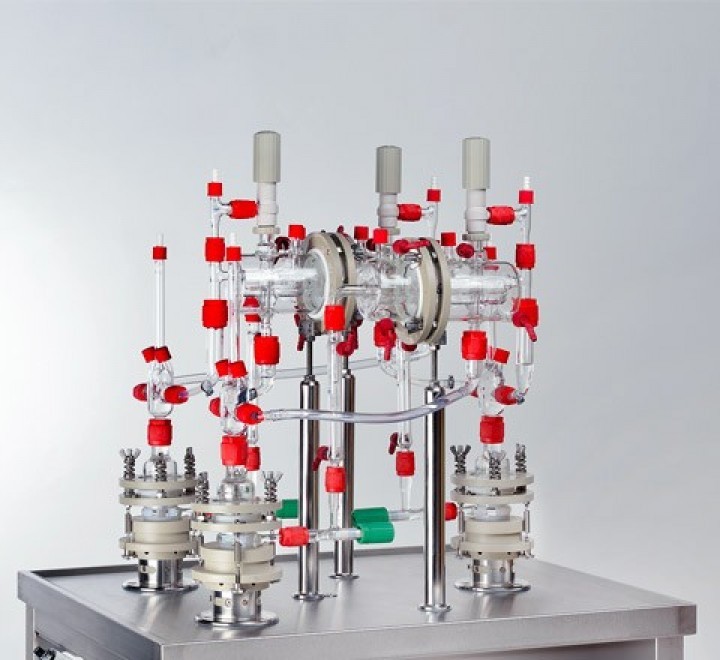
Mixer Settler System Lab DN30-50
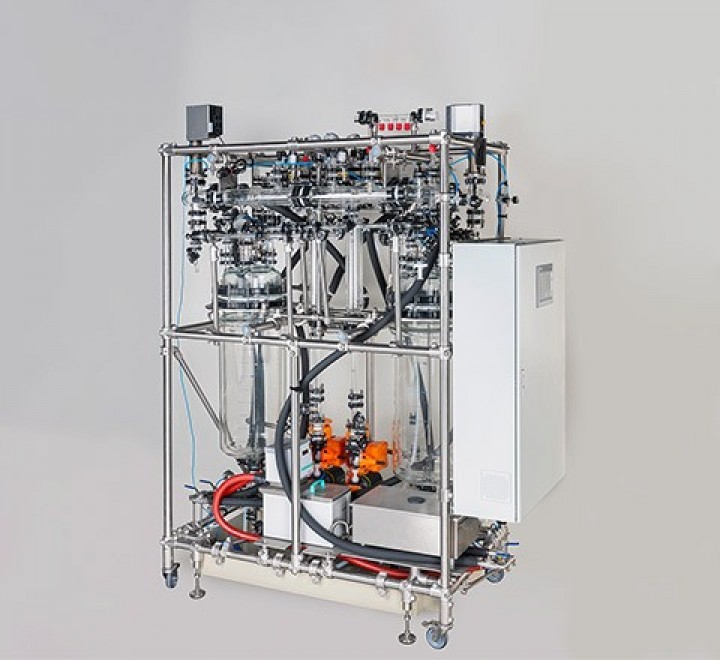
Mixer Settler System Pilot DN50-150
